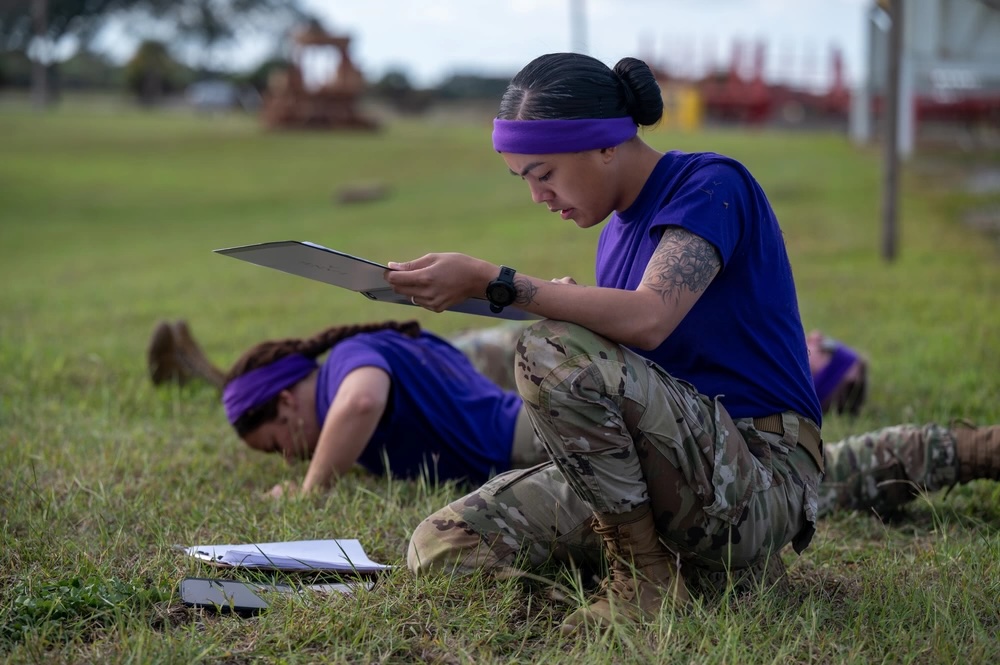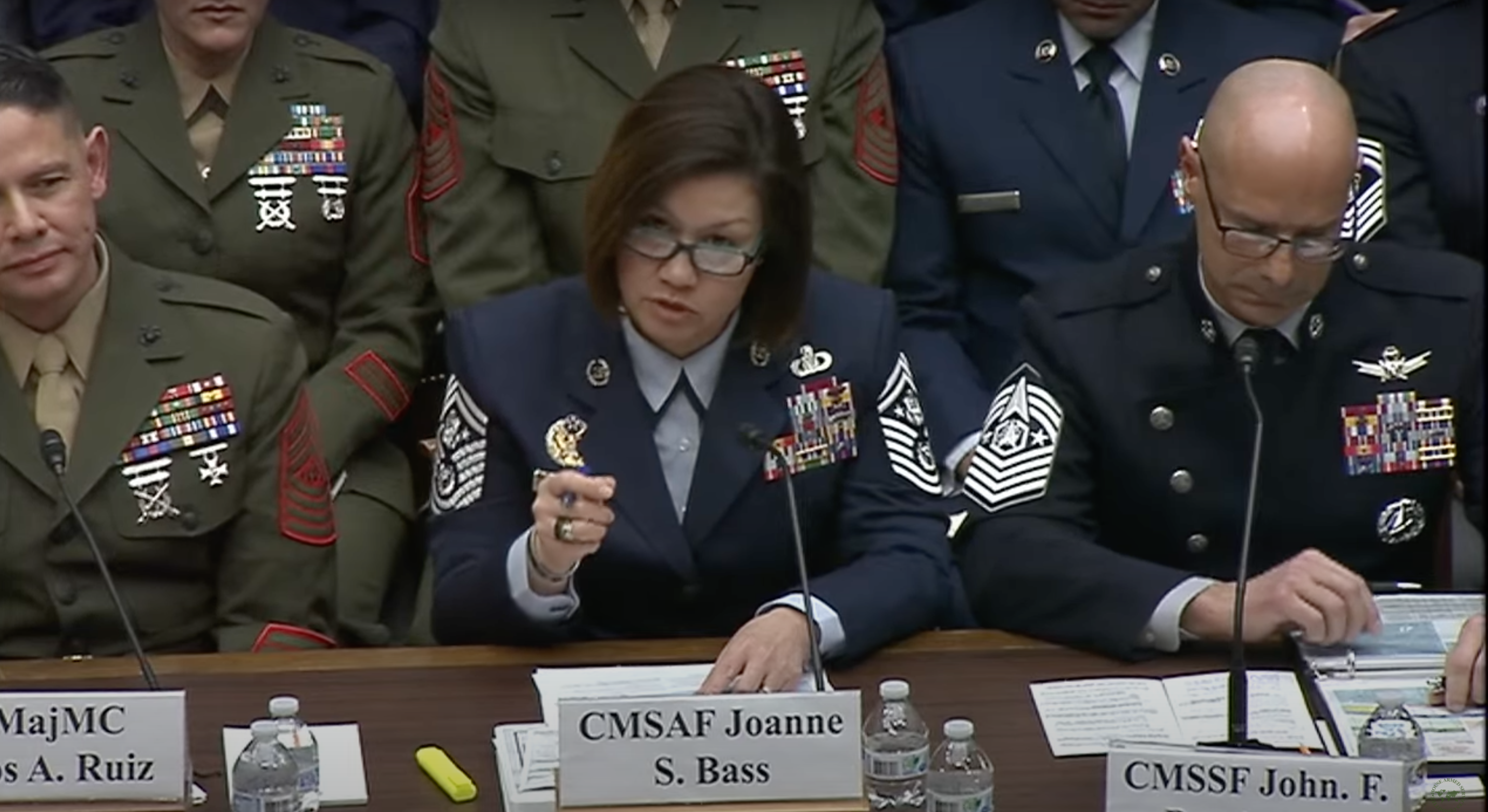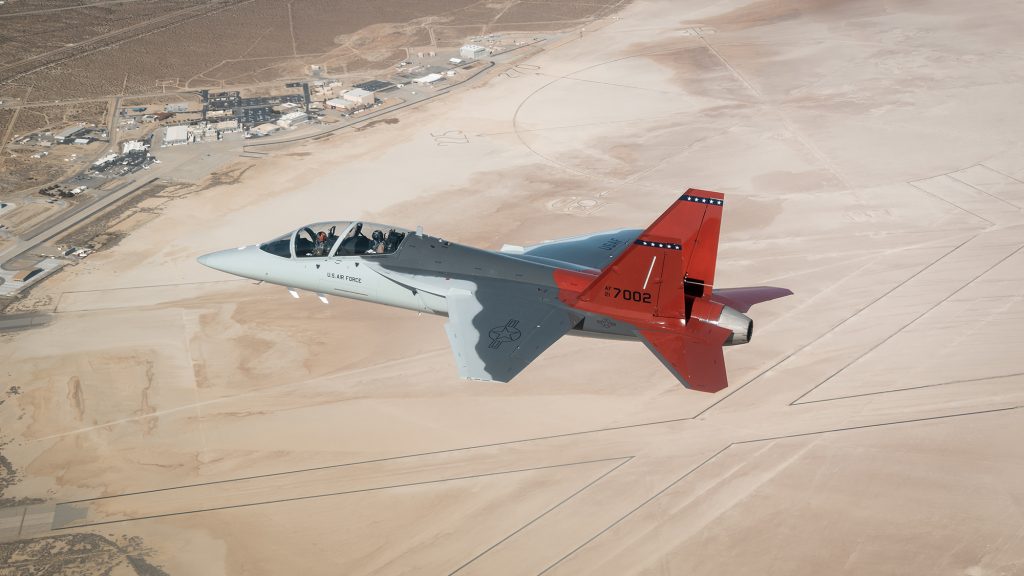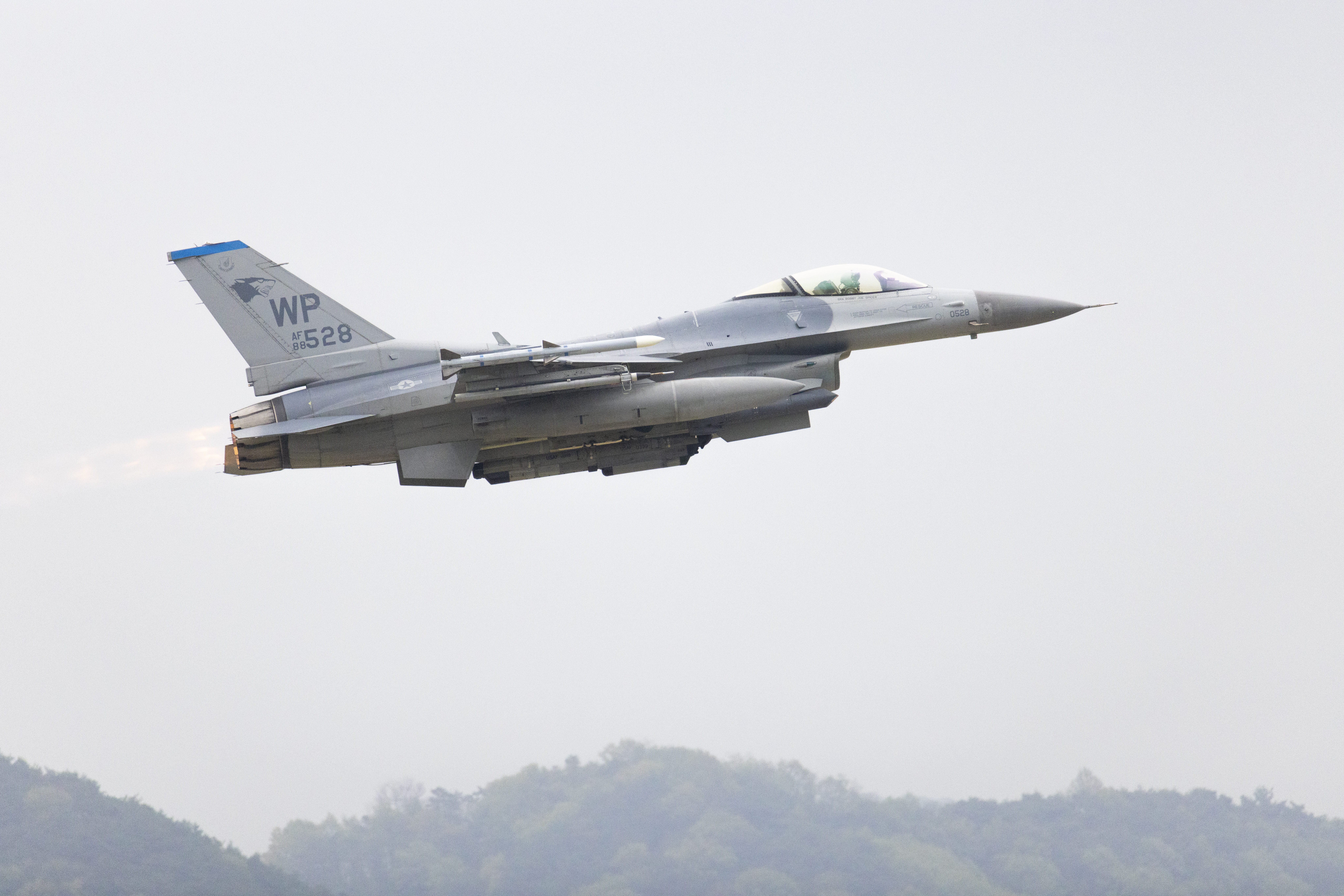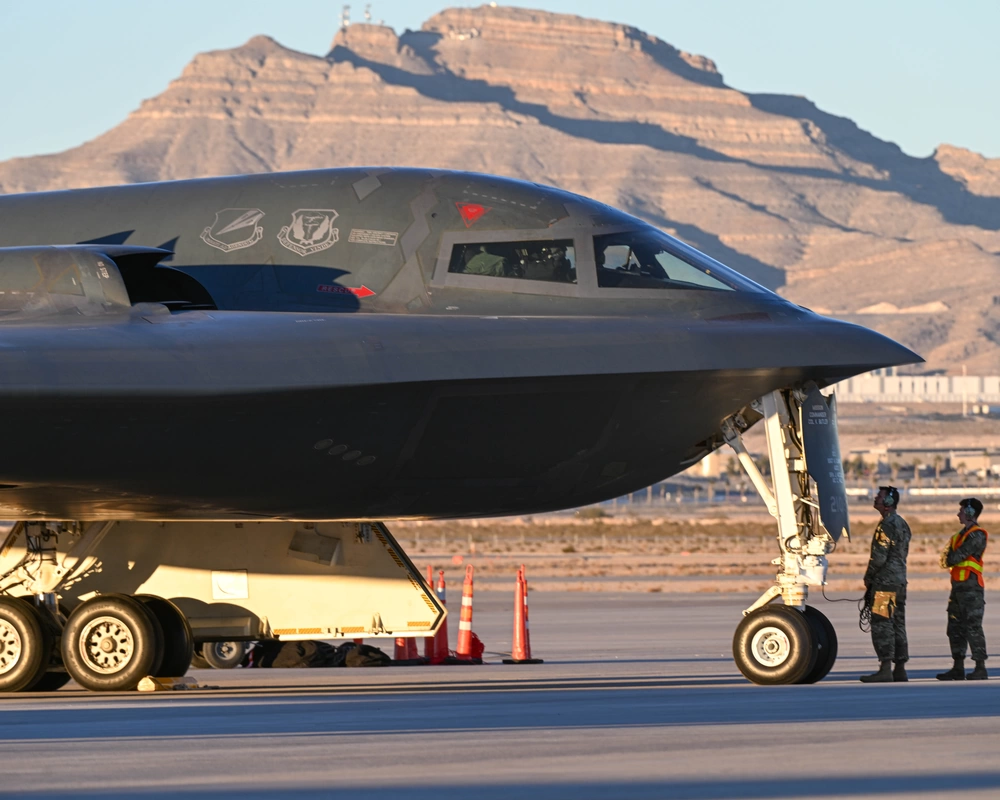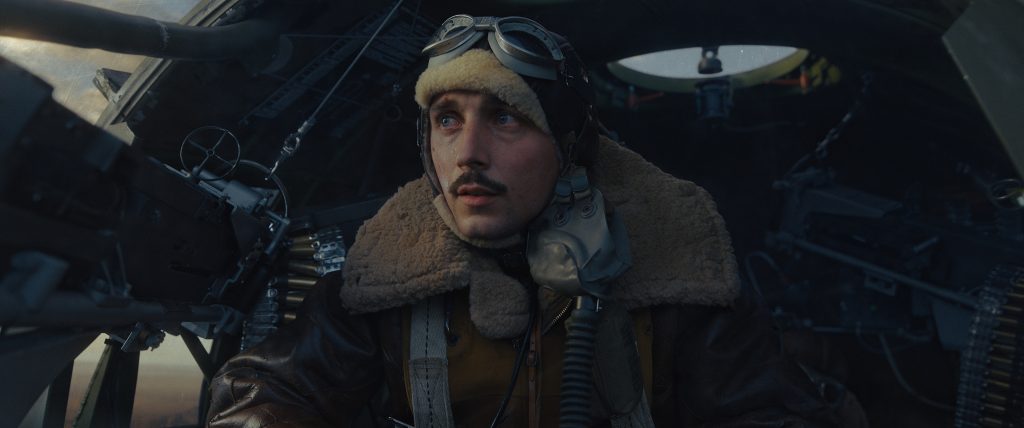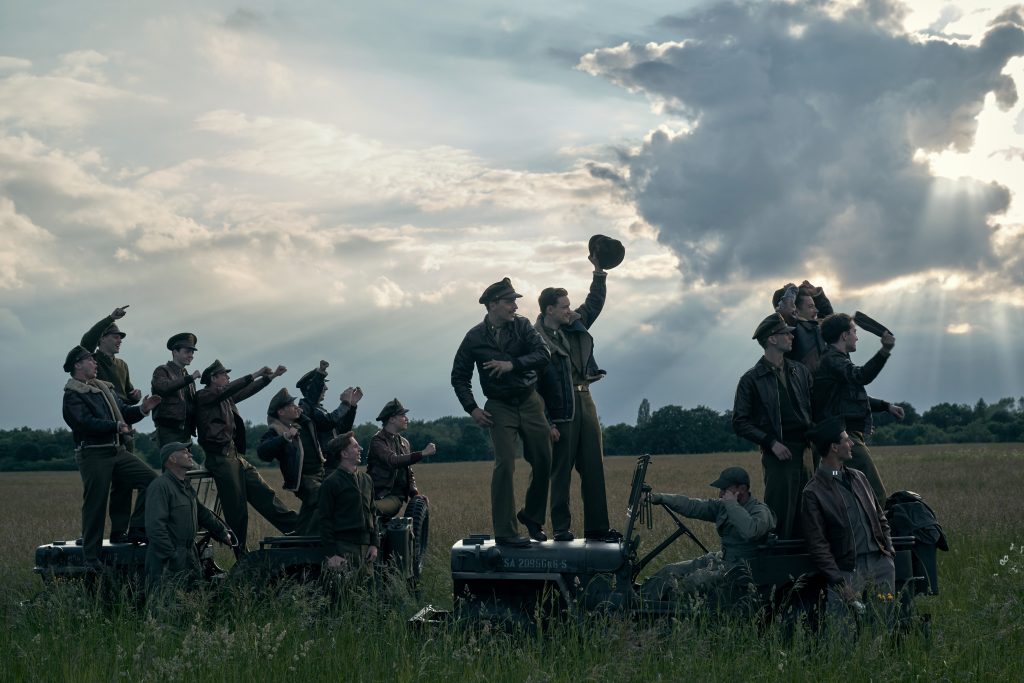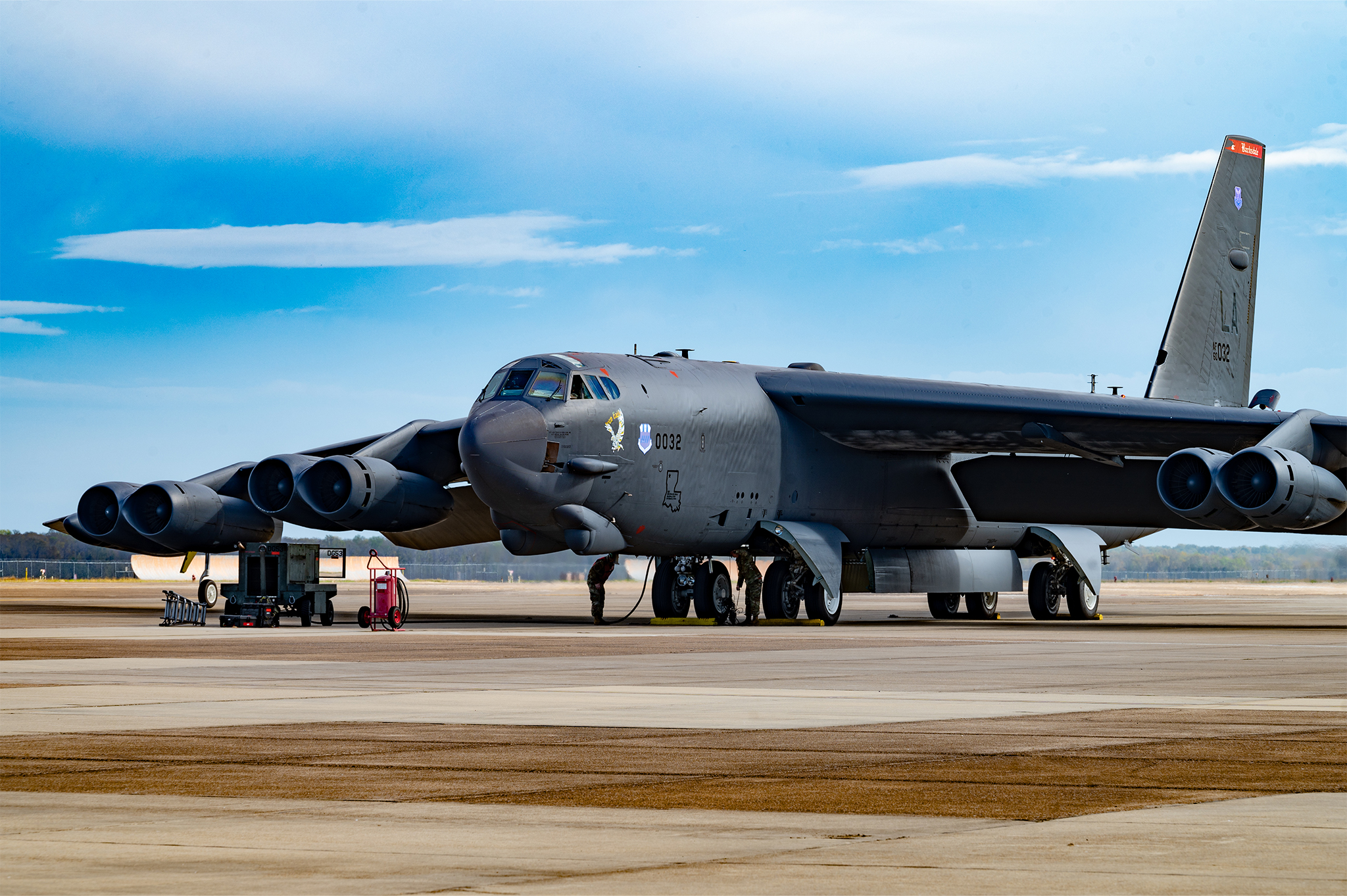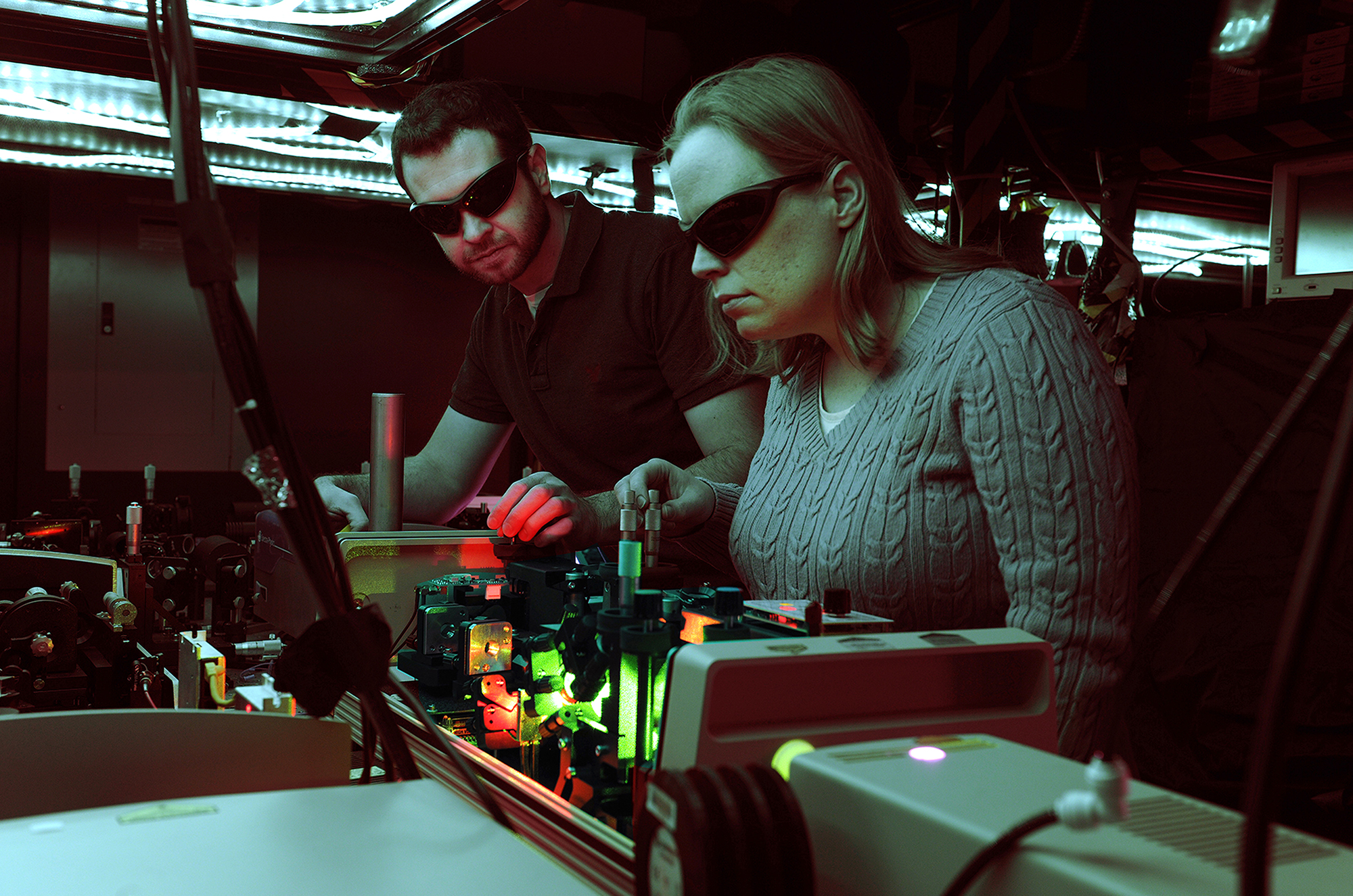The Space Force’s Polaris Awards annually recognize Guardians who best represent the Guardian Spirit. There are four individual award categories based on each of the core Guardian values—Character, Connection, Commitment and Courage—and a Team Excellence category that combines all four values. Air & Space Forces Magazine is highlighting each of this year’s winners before they receive their awards on stage at the 2024 AFA Warfare Symposium in Aurora, Colo.
The U.S. Space Force selected Tech. Sgt. Isabel F. Childress of the 1st Delta Operations Squadron, Detachment 1, at Joint Base San Antonio-Lackland, Texas, as the winner of the Polaris Award for Character for “personifying integrity, honesty, candor, fairness, accountability, and transparency” in 2023.
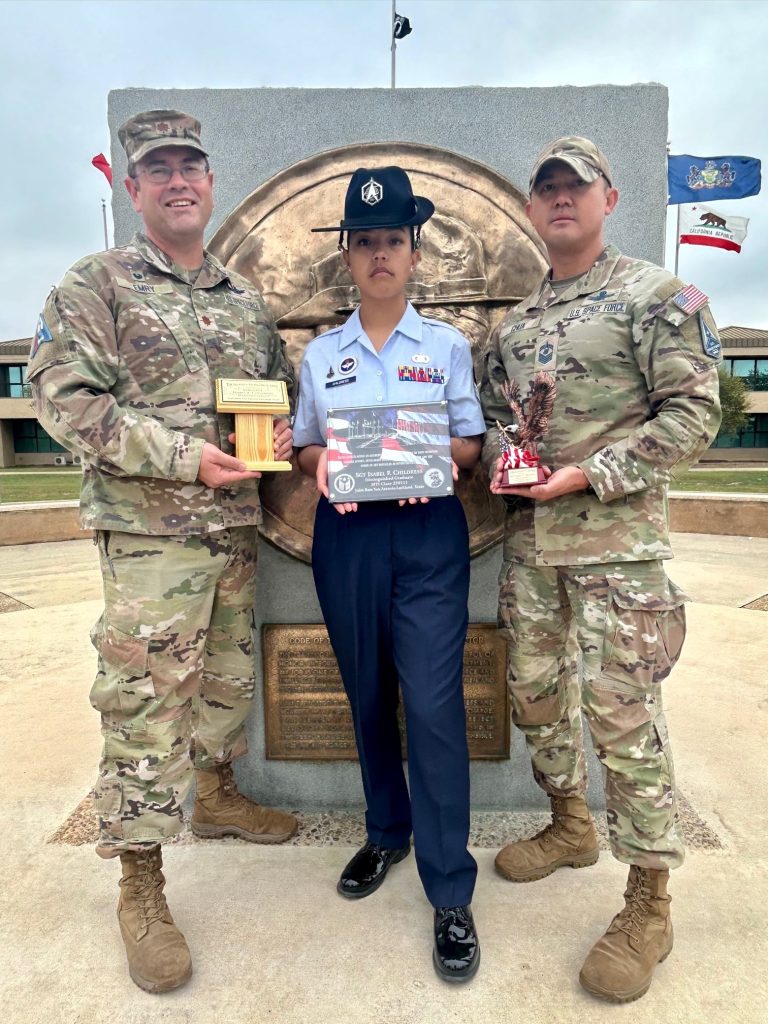
Childress graduated from Military Training Instructor School at the top of her class in 2023, becoming the first-ever Guardian to win all three MTIS awards: Excellence in Instruction, the Commandant’s Award, and the Distinguished Graduate Award.
“[Becoming an MTI] is something I’ve been itching at my whole career to do,” Childress said. “I wanted to help change the lives of people who are willing to raise their right hand and join our force.”
“The training was definitely rigorous,” she added. “I actually PCS’ed with a three-month-old and so, as a brand-new mom … I would go to school, come home, spend some time with my husband and daughter, and stay up till almost midnight practicing the lessons that I would be teaching, [and] studying with my classmates in order for us all get to the finish line.”
During her MTI training, Childress was told MTIs needed to cross-reference 15 separate lesson plans during PT evaluations in Basic Military Training. She said her first reaction to this was, “Why can’t it all just be one document?”
In a single weekend, Childress consolidated all 15 lesson plans into a single, simplified fitness guide. She also designed a brand-new website for the schoolhouse that now houses all the information for MTIs to easily access and reference.
“Initially, I just made the document to help us with PT [evaluations], and my classmates were like, ‘Absolutely, let’s use this,’” she said. “And then I started adding more to it based on things I could consolidate, and based on some things that my classmates were starting to develop. And that’s something we just gave back to the MTI schoolhouse.”
Childress’ website is now being used across the entire instructor corps. Her initiative led to fewer fitness failures across all of basic training, saving the Department of the Air Force more than $46 million in retraining costs.
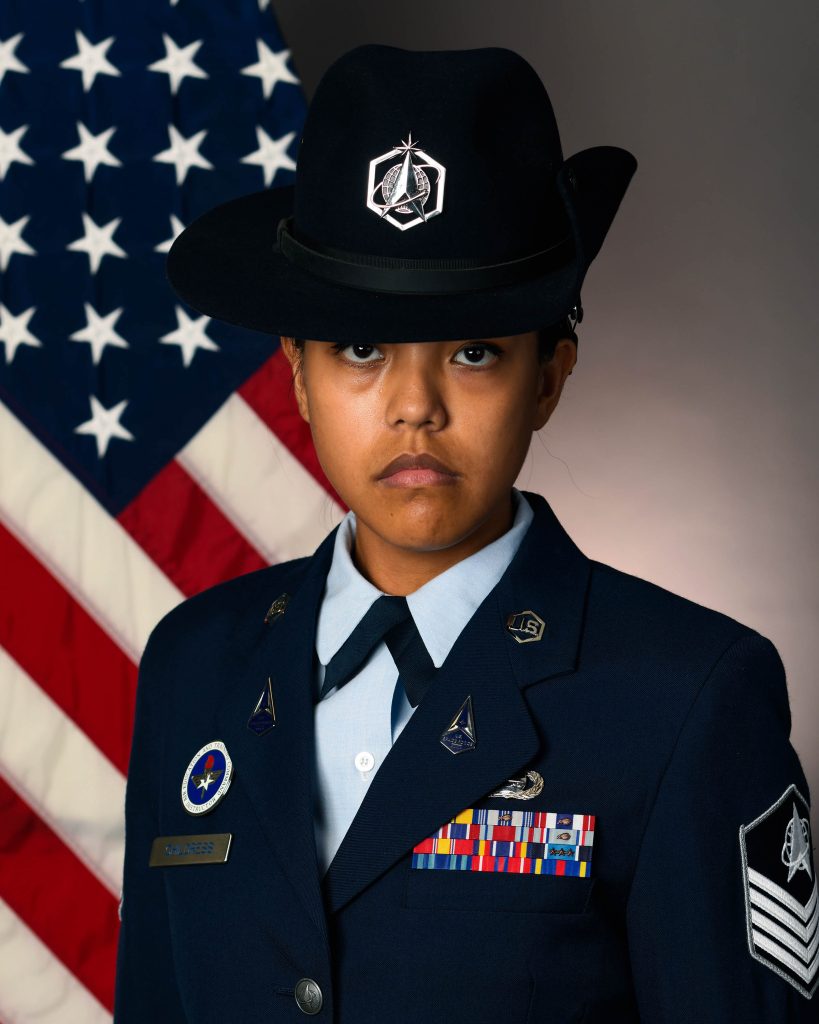
Taking the initiative to identify problems and then solve them is a quality that Childress tries to instill in her Guardians every day in training: “Be the change that we need to see. And if something isn’t working, then fix it,” she said.
Her words echo the Space Force handbook’s entry on character, the Guardian value she’s being decorated for: “We must put into context what matters today, what matters in the future, what matters for the mission, the team, and each of us individually,” the handbook says. “Character allows us to navigate these dilemmas in real time and character demands consistently reevaluating them as the environment changes.”
Childress said her character was directly shaped by her parents’ examples.
“When I think of character, I think of my parents,” she said. “Their hard work truly [inspired] the hard work that hopefully I’m giving back to the service and to my family. … The day I left for BMT, my dad told me not to be strong, but to be resilient. Because every day is going to be hard and every day is going to be a different challenge. But, if I’m able to come back from that, then he knows I’m gonna be able to make him proud, because he raised a good and resilient person.”
Meet the other 2023 Polaris Award winners below:
- Polaris Award for Character: Maj. Jessica M. Pratt
